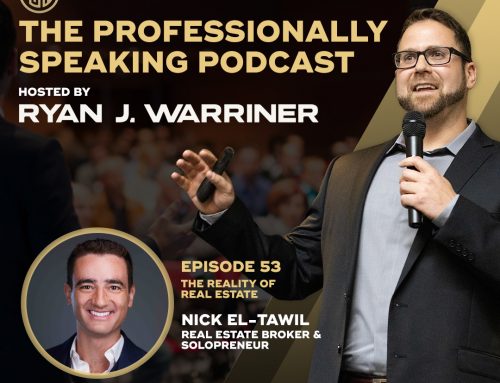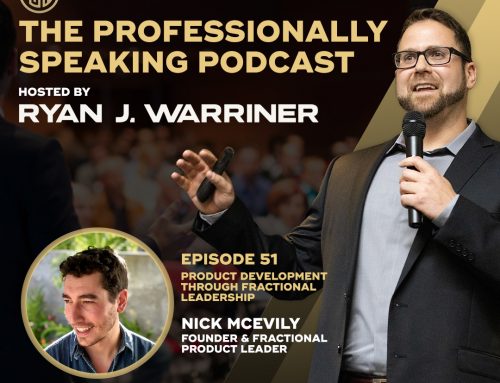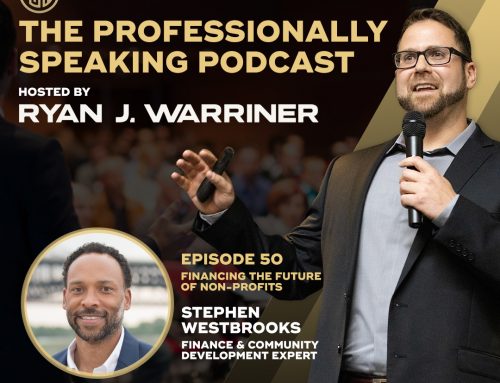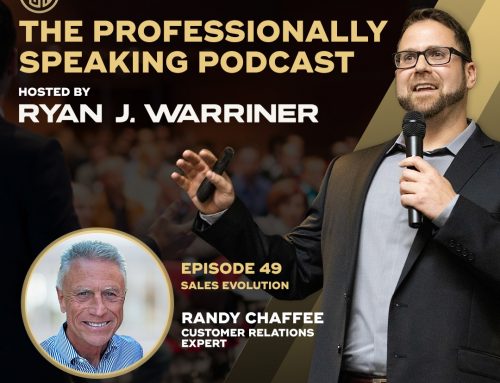Why do all the great speakers use stories? What’s their power? And how do they work? Most importantly, how can you use stories to your advantage?
A great deal has been researched, written, and said on the topic of transforming your presentation into a story. There are certainly benefits that this strategy can yield to enhance your future presentations. However, you’d be wise to avoid making a story format your default presentation approach. This article outlines why stories are so effective and highlights the circumstances wherein stories can be counterproductive.
Stories resonate with people
Stories are a highly effective method of any communication for one simple reason: humans are programmed to absorb information in this way. It’s been well-established that people have been storytelling and story-listening for thousands of years, even predating writing itself. Over time, we have become highly skilled at following, processing, and comprehending information shared through stories. As children, we were told stories, much to our delight, as a means of entertainment. We have all heard the words, “Once upon a time…” and many of us still enjoy receiving information in the form of a story. For this reason, your audience will be more receptive to your presentation if you include a story or structure your presentation as a story.
The presenter’s perspective
When you’re in the process of designing and developing your presentation, transforming your content into a story format may be your best bet. If you’ve included all of your necessary content and built it into a story, you’ll have afforded yourself a noticeable advantage. Just as stories will resonate and have greater impact on your audience, they’re also easier for you, as the presenter, to remember and deliver. This will result in a more controlled, composed delivery. You’ll be able to spend less time and cognitive energy attempting to remember all of your presentation’s specific details and, instead, reallocate those precious resources to your delivery. As an extended benefit of this strategy, you’ll likely find yourself less nervous and more focused as your presentation approaches. Most importantly, you’ll find your confidence increases as a result!
Circumstances to be aware of
Stories can be used either as a component of a presentation or can shape the entire structure of a presentation. Professionally speaking, stories are more conducive to presentations that can also be organized chronologically (over a period of time). Many informative and cause/effect presentations, for example, fit this format and can therefore be transformed into a story to increase audience impact. However, presentations that are naturally organized by category or hierarchy are usually quite difficult to convert into a story. The information is usually less connected and causes the presenter to make artificial leaps across their key content. This leads to confusion and results in reduced audience reception.
So, before you get started on spinning your yarn, double check that your content can fit the mold.









